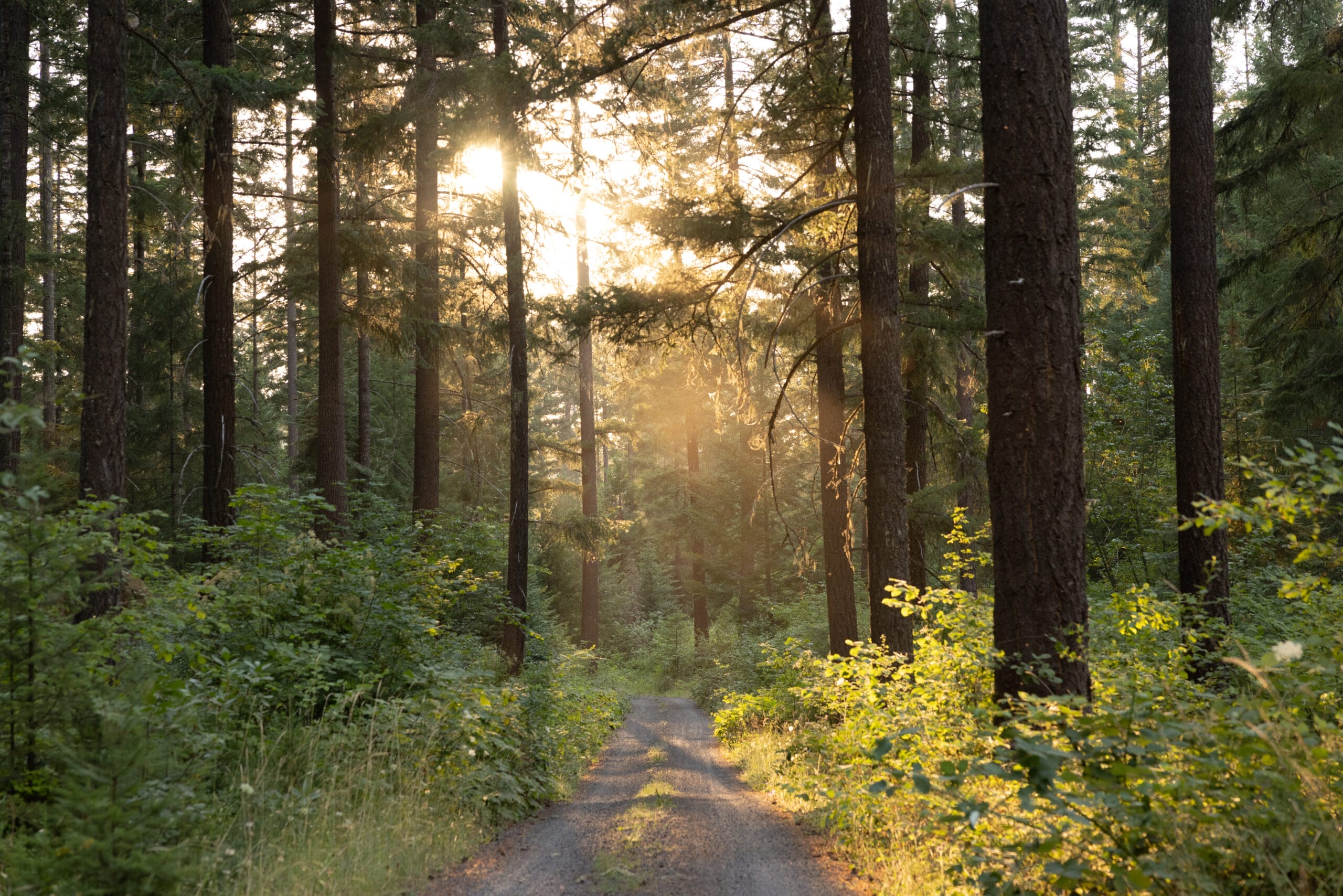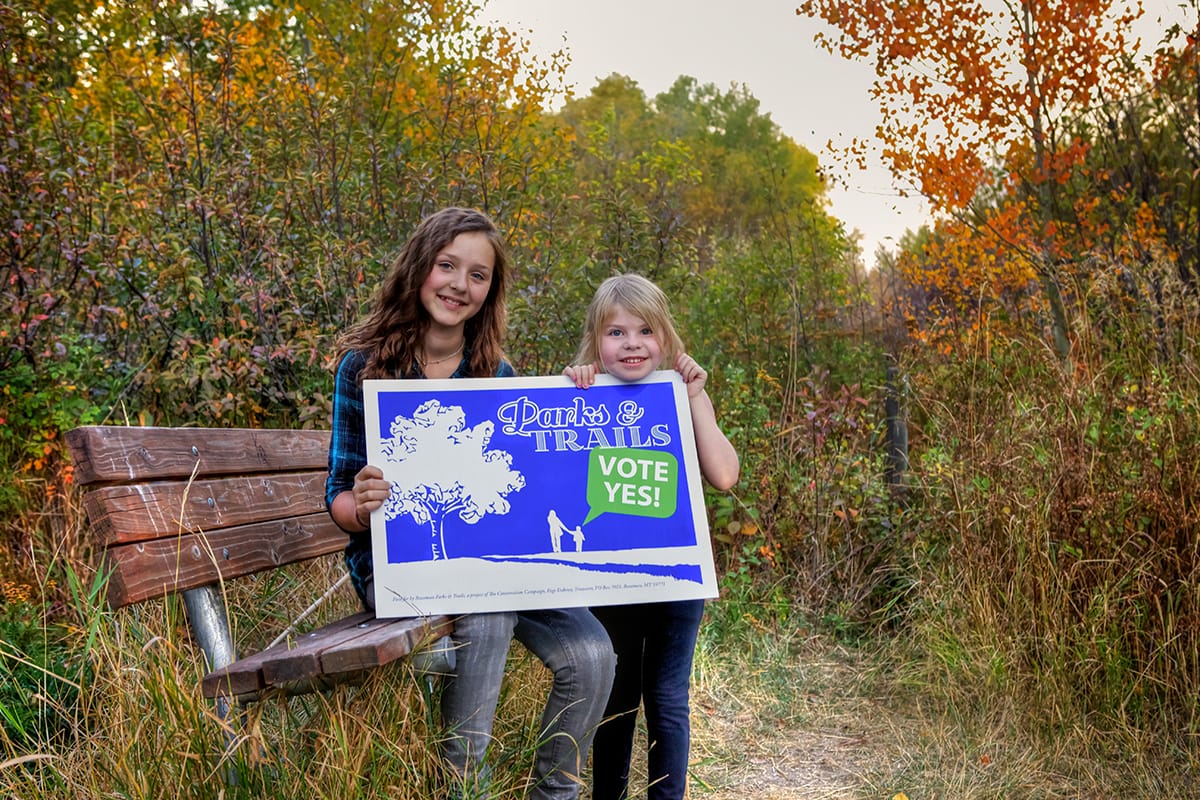
Resilient Landscapes
Resilient Landscapes
Supporting Wildlife in a Changing Climate
Despite ongoing efforts to avert climate change, the process is already underway. Changes include rising temperature, rising sea levels, and more extreme weather events. Fish and wildlife are already responding to these climate shifts, and need large resilient landscapes that offer protected corridors that respond to shifting conditions.
Conserving Lands for Human Adaptation
Resilient landscapes are just as important for people as for wildlife. From cities to rural areas, Americans count on the land for water supplies, timber, agricultural products, and recreation. Natural lands also help protect our communities by absorbing flood waters and storm surges and buffering homes from wildfires. Conserving whole natural systems—like forest basins that collect and filter drinking water for our communities—will help maintain these critical natural services as climate shifts take hold.
Resilient Landscape Conservation
We have targeted an initial group of resilient landscapes that have unique potential to meet the needs of people and wildlife in a changing climate. Our Conservation Vision & GIS work supports science-based conservation of these landscapes by using new climate data to map where and how land conservation should be directed. Using this guidance, we can protect priority land parcels and put in place restoration and management plans in response to changing climatic conditions. See the map below for more information.
Our Work in Action
- Northern Forest: The Trust for Public Land has protected more than 400,000 acres of New England’s Northern Forest. We are currently completing protection of the Androscoggin Headwaters and Crocker/Orbeton projects that will protect the headwaters of major rivers serving downstream communities and a critical corridor for wildlife shifts.
- Northwoods Initiative: We have protected more than 200,000 acres of the Northwoods landscape, a vast swath of Upper Midwest forests that surrounds the Great Lakes, Upper Mississippi, and waters that drain north to the Arctic. Prickett Lake and is one of our many projects protecting the region’s Wild and Scenic River corridors and other water assets that will be globally important in a hotter, drier world.
- Montana Legacy Project: The Montana Legacy Project is the rare example of a single project with many landscape-level benefits. This 310,000-acre property contains “climate safe” habitat for westslope cutthroat trout and other fish at risk from climate change, and protects grizzly bear movement throughout the Swan Valley in response to shifting food availability. Our work to conserve and restore these lands is the subject of this video by the Wildlife Conservation Society, Doris Duke Charitable Foundation, and the Kresge Foundation.
Rising temperatures, bigger storms, and asphalt schoolyards pose significant risks during recess. Urge Congress to prioritize schoolyards that cool neighborhoods, manage stormwater, and provide opportunities for kids to connect with nature today!


Donate to become a member, and you’ll receive a subscription to Land&People magazine, our biannual publication featuring exclusive, inspiring stories about our work connecting everyone to the outdoors.
See how our supporters are helping us connect people to the outdoors across the country.











